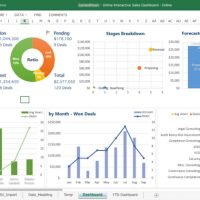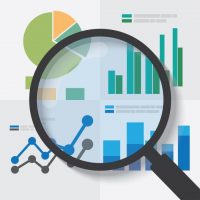Requirements
- access to a personal computer or a similar device with internet connectivity.
- knowledge and skills in operating a personal computer or a similar device.
- light experience in creating SPSS datasets
- strong desire to work quicker, smarter and safer in research data analysis.
- payment of the subscription fee
Features
- The online data analysis is self-paced to allow you greater flexibility in scheduling the lessons at your own convenience and speed.
- The course elements are primarily texts and are supported by appealing images, videos, animations, and info graphics.
- The course contents are responsive and work efficiently on mobile phones. Use your laptop/PC for exercises, and smartphones for course instructions and related interactions.
- The online course provides contact form (email), online chat (whatsapp), comments/discussion as interactive interface for you to connect and engage with your instructor and fellow learners.
- The seat hour for each lesson is approximately 90 minutes duration where the course related activities are primarily reading, studying, hands on, quizzes, exercises and/or project works.
Target audiences
- Faculty members
- Research scholars
- Students - undergraduate and postgraduate
- Decision makers






